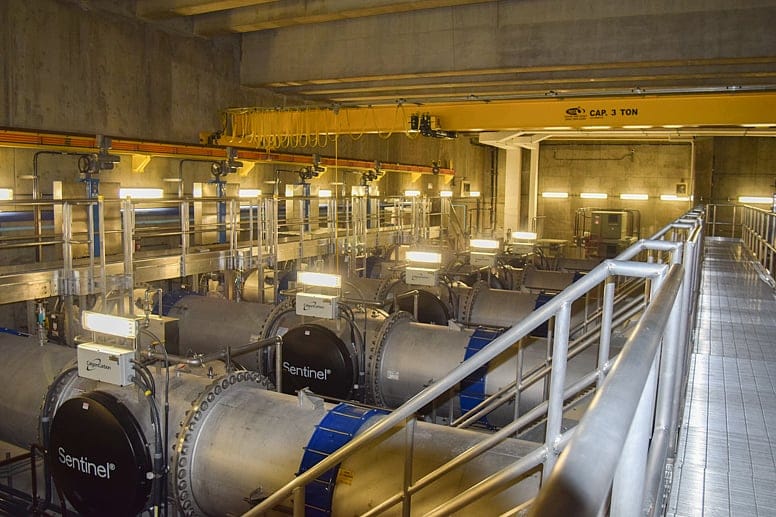Is Boston’s water safe?

It's a brisk and sunny day in early March at the Quabbin Reservoir, located about 65 miles west of downtown Boston, where protected woods surround the quite oasis of crystal clear water.
The 200 million gallons of drinking water that comes into homes each day in Boston and the surrounding area originates in the Quabbin Reservoir, which is about 530 feet above sea level, along with diverted water from the Wachusett Reservoir, at an elevation of 395 feet, and the Ware River. The water travels miles eastward by gravity until it pours out of the faucets in homes in the Boston metropolitan area.

